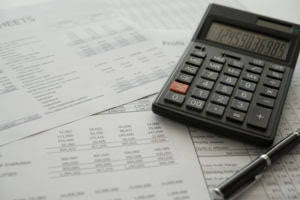How to Manage Your Restaurant Balance Sheet + Free Template

You can easily find a sample, like the one at the bottom of this page, and download it to use as a restaurant balance sheet template. Another key metric recorded in your cash flow statement is your debt and financing, as taking on debt or financing assets will change cash flow. For example, an increase in debt could mean an increase in cash since you are gaining cash from something like a loan or waiting to pay cash on an accounts payable. A decrease in debt can mean a decrease in cash because you are paying off a liability. Restaurant assets are what your restaurant owns, such as cooking equipment or inventory. Here the total assets of CULINARY COVE equal the total of its liabilities and equity.
As the name says, this receipt template is currently blank and will need to be filled up by you before it can be used in any shape or form in your restaurant business. This is a spreadsheet tool that can help restaurant operators in managing and planning buffets. User-friendly by design, it can help even the most novice of spreadsheet users to configure cost tracking systems with little to no problem at all.
Interview – Business Travel and the Developments in 2024
Then add figures for equity and verify that the assets are equal to the liabilities and equity. Now make a list of things that the restaurant owns, including both short-term and long-term assets, such as kitchen equipment, restaurant land, inventory, and raw materials, etc. The example below shows the restaurant balance sheet for Bob’s Burger Bar up until October 1st 2020. All of the restaurant’s assets are listed in the left column and all liabilities in the right column, along with their respective totals.
A survey of Australian hospitality operators and consumers reveals in-depth insights on dining trends, the financial shifts in Australia, restaurant technology and what to watch in 2024. Hospitality veterans discuss how their venues are still going strong after 10 years in operation. The panel discuss day-to-day challenges, how to manage them, and the role technology plays to find new sources of revenue. The best part is that you can use this for any type of restaurant facilities, such as coffee shops, bars, and alike. Both sides of the equation are equal, so we know that our balance sample for The Spotted Pig’s is correct. To make the concept of a restaurant balance a little easier to understand, let’s walk through a simple example.
#3 Restaurant Labor Cost, Occupancy Expenses and Operating Expenses
Current assets, also known as liquid assets, are those that can be quickly and easily converted into cash. For example, your current liquor inventory and the funds in your bank account. Having a structure to follow can help you build reports that reflect your company’s net worth at any time.
To sum up, you see how important and easy it is to create balance sheets for your restaurant. Like every other business, the long-term success of your restaurant depends on data-driven decisions. Using restaurant balance sheets with profit & loss statements helps you understand your business’s current financial health and discover opportunities to how to do bookkeeping for a restaurant grow revenue. Your restaurant balance sheet can also be used to forecast short and long-term cash flow. However, you should not confuse your balance sheet with a cash flow statement, which summarizes cash in and cash out. A cash flow statement should be used alongside your balance sheet and other reports to keep your monetary activities organized.

